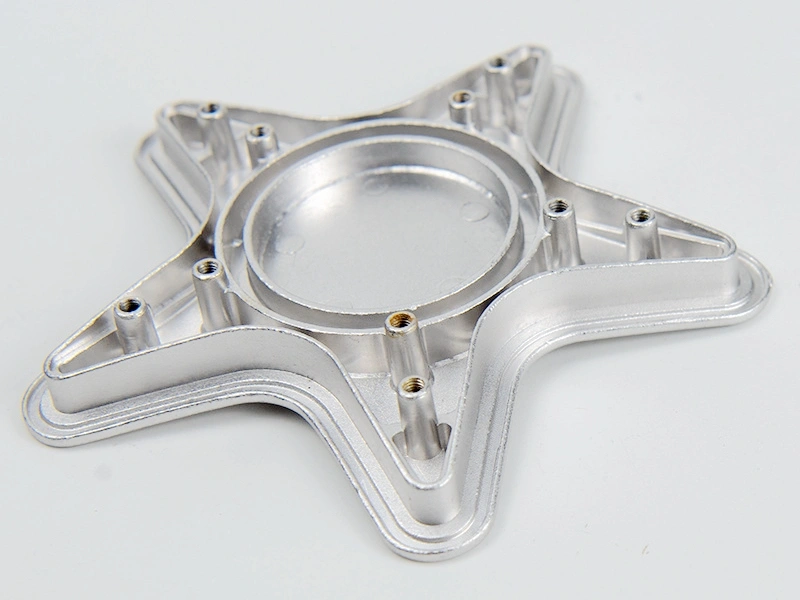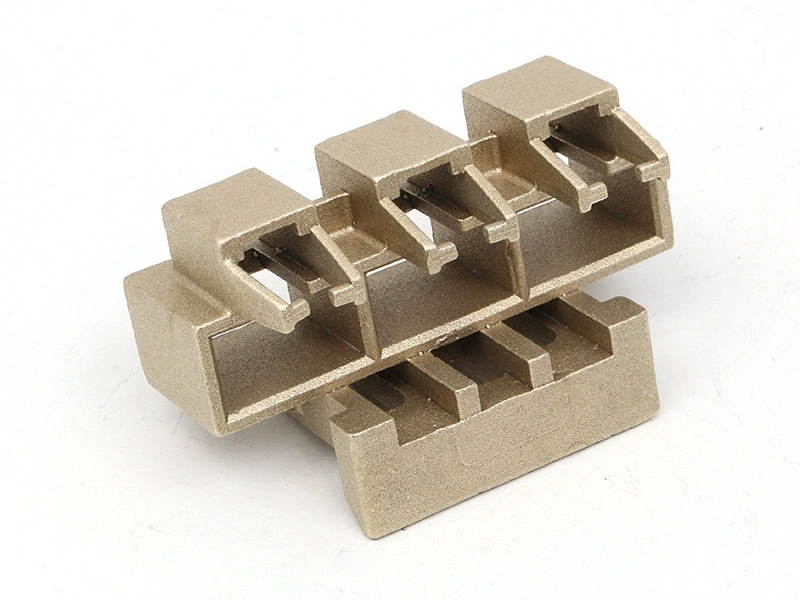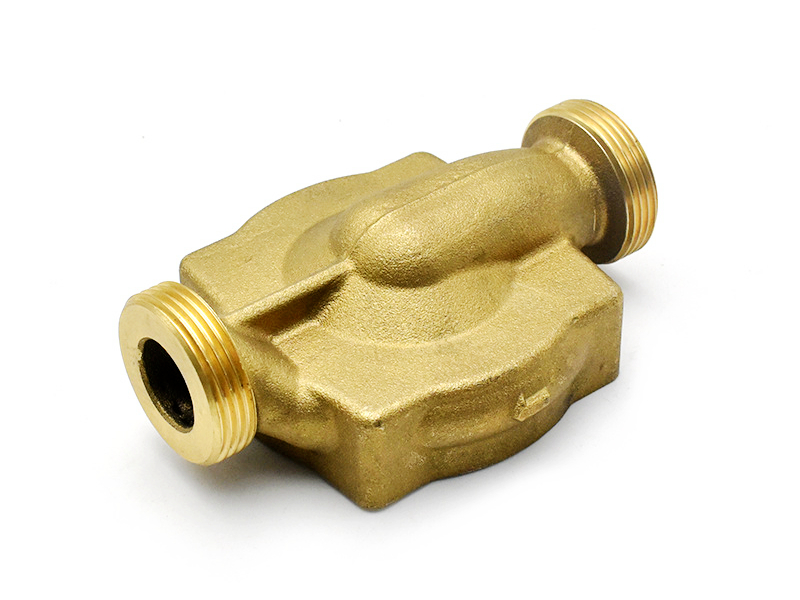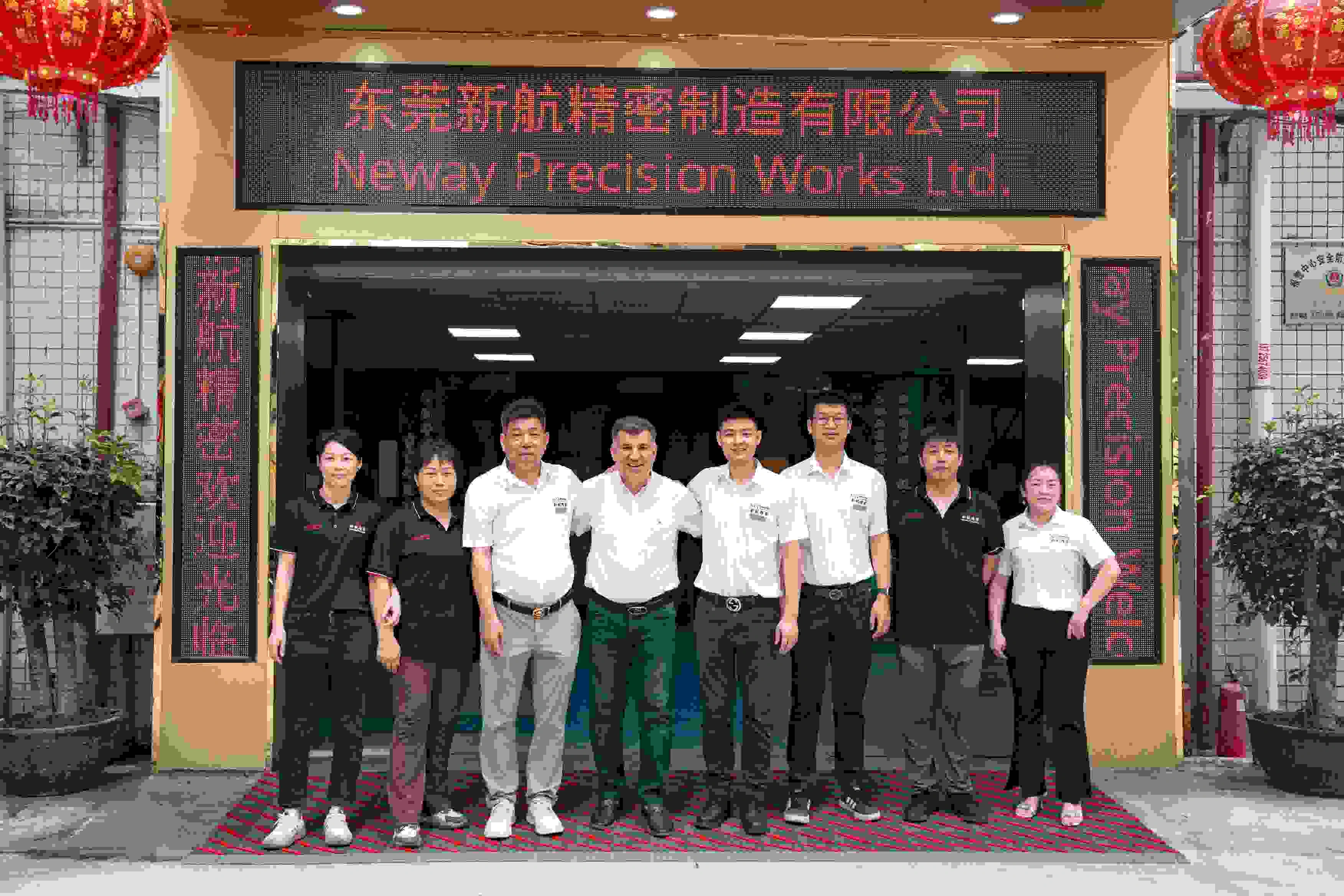What finishing options are available for copper impellers exposed to chlorinated or saline water?
What Finishing Options Are Available for Copper Impellers Exposed to Chlorinated or Saline Water?
Why Surface Finishing Matters for Copper Impellers
Copper impellers used in chlorinated pools, desalination systems, marine pumps, and coastal HVAC equipment face aggressive corrosion from chlorine ions and saltwater exposure. Even high-resistance alloys like C95800 aluminum bronze or C87500 silicon bronze benefit from protective surface treatments to extend service life, maintain hydraulic efficiency, and prevent pitting or erosion.
Recommended Finishing Options for Chlorinated and Saline Environments
Electroless Nickel Plating
A highly corrosion-resistant, uniform coating ideal for impellers exposed to salt and chlorinated water.
Corrosion protection: Excellent against pitting and chemical attack
Coating hardness: 500–700 HV
Thickness: 10–25 µm
Standards: ASTM B733, ISO 4527
Recommended for: HVAC and water circulation systems in coastal or chemically treated environments
Epoxy Powder Coating
An inert, non-metallic barrier applied to exterior impeller surfaces for protection without altering the interior flow geometry.
Highly resistant to chlorides and moisture
Thickness: 60–120 µm
Often applied to impeller backs, mounting hubs, and non-fluid-contact surfaces
Conforms to ASTM D7803
Passivation (for bronze alloys)
Used to enhance corrosion resistance by forming a stable oxide layer, especially in high-copper content alloys.
Helps inhibit galvanic corrosion in dissimilar metal assemblies
Works best in combination with precision post-machining to clean and prep surfaces
Organic Sealers
Thin-film protective sealers are used in combination with plating or oxide finishes to improve chemical resistance.
Transparent and low-profile
Suitable for low-pressure, moderate-corrosion applications
Adds supplemental protection for partially submerged impeller parts
Selection Guide by Application Severity
Environment | Recommended Finish | Key Protection Benefit |
|---|---|---|
Continuous saltwater exposure | Electroless Nickel Plating | Full-body corrosion and erosion resistance |
Chlorinated pool or greywater | Epoxy Powder Coating | Chemical shielding on structural surfaces |
HVAC/Marine blended fluids | Passivation + Sealer | Pitting resistance and galvanic mitigation |
Inspection and Validation Standards
Neway validates finishing performance using:
Salt spray testing (ASTM B117)
Coating thickness and adhesion testing (ISO 2178 / ISO 2409)
Visual surface integrity and hydraulic simulation checks
Dimensional inspection to verify finish impact on tolerance-critical zones
Customer-Oriented Surface Finishing Services
Neway Die Casting offers complete post-treatment solutions tailored for copper impellers operating in aggressive aquatic environments:
Copper Alloy Die Casting: Impellers produced in corrosion-resistant bronze and brass alloys
Post-Processing Services: Nickel plating, epoxy coating, passivation, and sealer applications
Precision Machining: Ensures sealing surfaces and vane edges are finish-ready and dimensionally accurate



